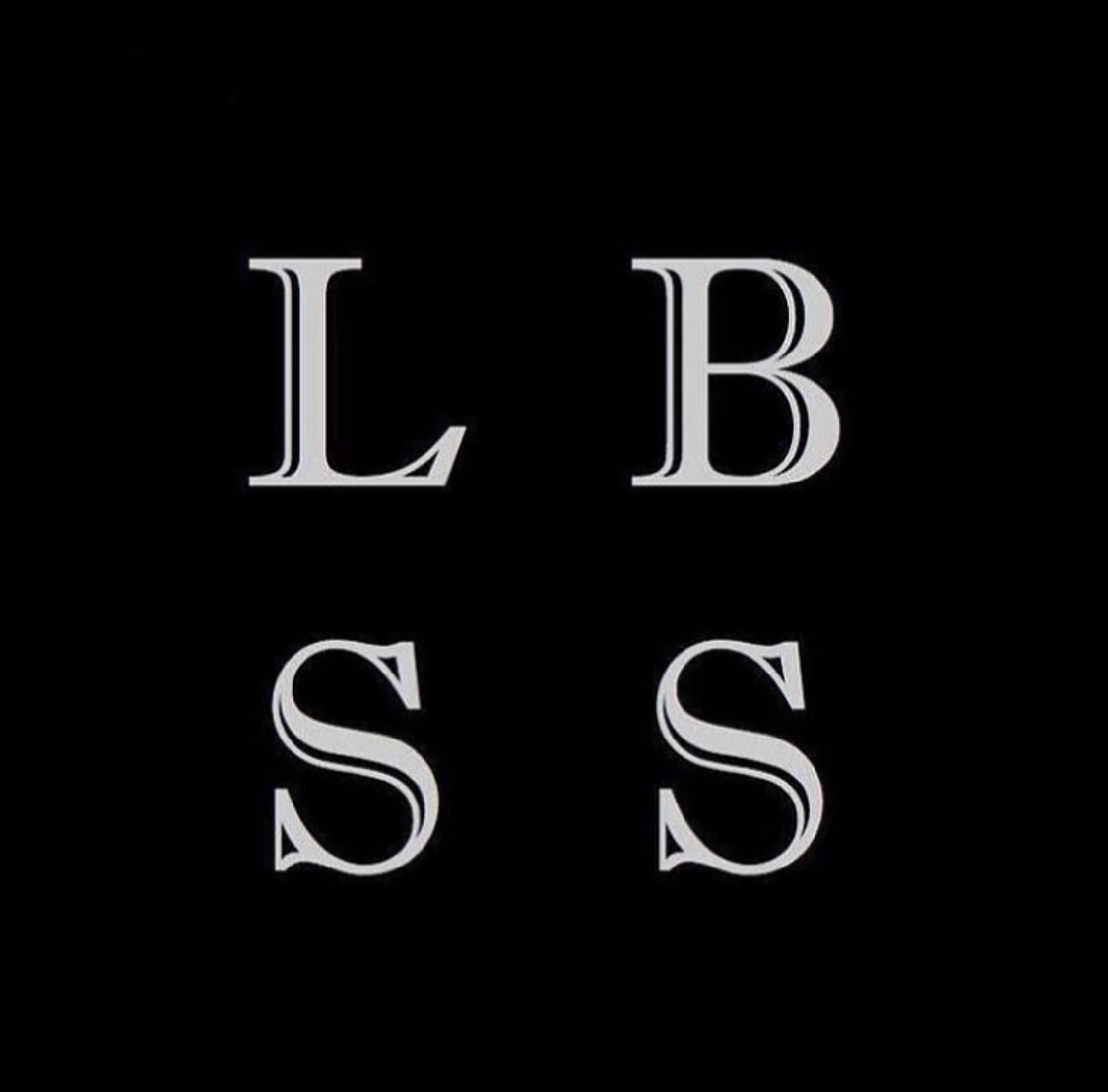Luxury encounters labor exploitation: when excellence diverges from ethic
In recent times, there has been an increase in awareness regarding the harm caused by the fashion industry. Fashion stands out as a sector in today’s world, but it is also heavily responsible for its negative impact on the environment. Alone, it accounts for 8-10% of global CO2 emissions, is a major consumer of water (especially for cotton cultivation), and uses chemicals released during dyeing processes, contributing to 35% of the microplastics found in the oceans. While society is becoming more conscious of this issue, it’s just the tip of the iceberg.
Few realise that labor exploitation is also very common in the fashion industry, especially in the manufacturing sector. This industry employs around 300 million people but only a few benefit financially from the sector’s wealth. A considerable number of workers in textile and manufacturing roles are women and individuals from marginalised communities who often endure living and working in substandard conditions. A mere 3% of clothing prices go towards labor costs. These workers endure working conditions within unsafe workplaces, and lack of social protections. In countries like China, some workers earn $332 per month while wages can be as low as $94 per month in places like Bangladesh. This supports the assertion that only about 2% of those employed in the textile fashion industry receive a living wage. Many fashion companies opt to subcontract their manufacturing operations to developed nations benefiting from low-cost labor and regulations.
Most people believe that exploitation applies only to fast fashion brands, which to meet market demands and offer convenient prices, frequently take part in unethical practices. However, the issue extends beyond these brands. Even purchasing clothes by luxury labels doesn’t ensure better working conditions or fair wages. As evidenced by the cases of Armani and Loro Piana, spending hundreds or thousands of euros for a dress doesn’t ensure better or even good working conditions.
In 2024, Italian authorities uncovered a truth: underpaid Chinese workers were manufacturing bags and accessories for the Armani group. Despite denying any wrongdoing, the company was placed under supervision due to exploitative labor practices. Investigations exposed the use of subcontractors and illegal labor practices, which unfortunately doesn’t differentiate them from the rest of the fashion industry. This system, which has been going on for at least eight years, subjects workers to exhausting 14-hour workdays, unsafe conditions, and meager wages (as low as 2-3 euros per hour). The scandal implicates Giorgio Armani Operations (GAO) Spa, responsible for clothing and accessory design and production within the fashion group. GAO operates under a supply contract, with outsourcing of manufacturing processes; to maintain competitiveness, GAO relies on third-party companies, mainly located in Chinese factories. These factories reduce expenses by hiring workers without documentation, neglecting health and safety regulations, and ignoring laws related to pay work hours and required time off.
In March 2024, the first Peruvian-born person to serve in the House of Representatives of the USA, Robert Garcia, came across reports explaining how the luxury brand Loro Piana was not remunerating fairly the Indigenous community in Peru sourcing the wool used in the brand’s knit clothing.
He described the situation as the “exploitation” of the workers providing the raw materials: “This seems to me as clearly exploitation and it is a huge multinational corporation that is owned by some of the wealthiest people in the world…Seeing no benefit coming down to the immense labor that is happening here I think is really concerning.”
Bloomberg also released a report analyzing the relationship between the brand and workers in Peru. The wool at stake in the scandal is also called the “fiber of the gods” and was traditionally considered a sacred fabric. It is one of the most expensive fabrics today but the level of life of the Indigenous community producing it hasn’t risen: “Despite the success of Loro Piana, the Indigenous people of this region remain deeply impoverished”.
In response, Loro Piana issued a statement saying it has worked to help preserve the Indigenous population for three decades and invested in education, infrastructure, and irrigation in the region. But according to the Congressman, those benefits can’t even start to compete with the profits the brand makes thanks to the workers.
It seems like luxury doesn’t always equal fair remuneration and good morals. If the scandals in the world of fast fashion have been greatly put under the spotlight in the past decade, it could now be the turn of the most important luxury firms to be questioned and denounced. Maybe we could consider this as a new step in the evolution towards a perfectly functioning fashion world: after the most evident part of the problem – fast fashion brands – was revealed, “hidden” scandals are starting to emerge. As in the case of Loro Piana, the brand had to put a hold on using its Instagram account because of the number of critics coming in, devastating for the label’s marketing strategy and branding.
The question now appears to be how should luxury brands react after those kinds of scandals and what are ways for them to improve and prevent those from happening. This echoes greatly with an article released by Vogue Business in January featuring “Luxury brands aren’t doing enough to eliminate forced labor”. According to the latest Business and Human Rights Resource Center research, the main problematic points are purchasing practices and remedies in case of work grievances. The head of the investor strategy at BHRRC then advised companies to focus on increasing transparency, establishing accountability, implementing a supplier code of conduct, increasing traceability, and finally improving risk assessment. We can hope that by following this advice, luxury brands will better their conduct towards workers and contribute to reducing labor exploitation in the world so that luxury can finally recover its full meaning of excellence and privilege.





